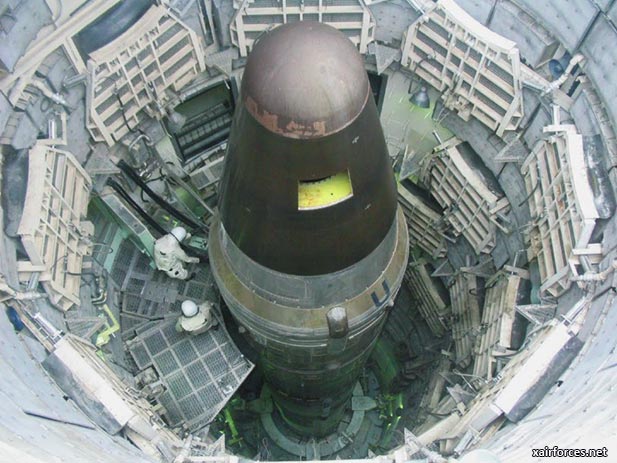
U.S. Strategic Weapons: Changes in the Nuclear Weapons Targeting Process Since 1991

Section 1047 of the U.S. National Defense Authorization Act for Fiscal Year 2012 required us to update our September 1991 report on the nuclear weapons targeting process. Since we last reported on this subject, the United States now faces a more complex security environment that potentially affects U.S. nuclear weapons employment policy and targeting.
The Department of Defense’s (DOD) 2010 Nuclear Posture Review concluded that the United States could reduce the role of nuclear weapons in the U.S. security strategy. Although the threat of nuclear or conventional war with Russia has been reduced, DOD’s 2010 Nuclear Posture Review Report identified new threats and a small number of contingencies that may require the use of nuclear weapons, even as the United States has substantially reduced the size of its nuclear weapons stockpile. In particular, DOD stated that the United States would only consider employing nuclear weapons against states that possess nuclear weapons or are not in compliance with their nuclear nonproliferation obligations. The United States and Russia also agreed to the New START Treaty, which would reduce the number of deployed weapons by February 2018.
Our 1991 report described DOD's process for formulating its strategic nuclear weapons targeting policy and translating it into a plan for nuclear war. The 2011 mandate required us to provide an update to the 1991 report, which addressed the relationship between the targeting process and the determination of requirements for nuclear weapons and related delivery systems; the level of civilian oversight; and the categories and types of targets. To address this mandate, we used our September 1991 report as a basis for comparison, and described changes that have occurred since that time in the following areas:
• nuclear deterrence policy;
• strategic nuclear forces, including the stockpile, force posture, and modernization;
• targeting and employment guidance from the President, Secretary of Defense, and Chairman, Joint Chiefs of Staff;
• nuclear weapons planning and targeting, including categories and types of targets;
• the level of civilian oversight; and
• the relationship between targeting and requirements.
WHAT GAO FOUND
The fundamental objectives of U.S. nuclear deterrence policy have remained largely consistent since 1991, even as the threat environment and the size of the nuclear weapons stockpile have changed. The current process for developing nuclear targeting and employment guidance has remained consistent. However, the structure of the nuclear war plan, and the categories and number of targets in the plan, have changed. DOD continues to exercise civilian oversight of the targeting process. The indirect relationship between the targeting process and DOD’s determination of requirements for nuclear weapons and delivery systems also continues.
Source: Government Accountability Office (GAO) News - 01 August 2012
Photo: The Strategic Weapon TITAN ICBM In Silo (Photo by CSIS)
(1.08.2012)
|